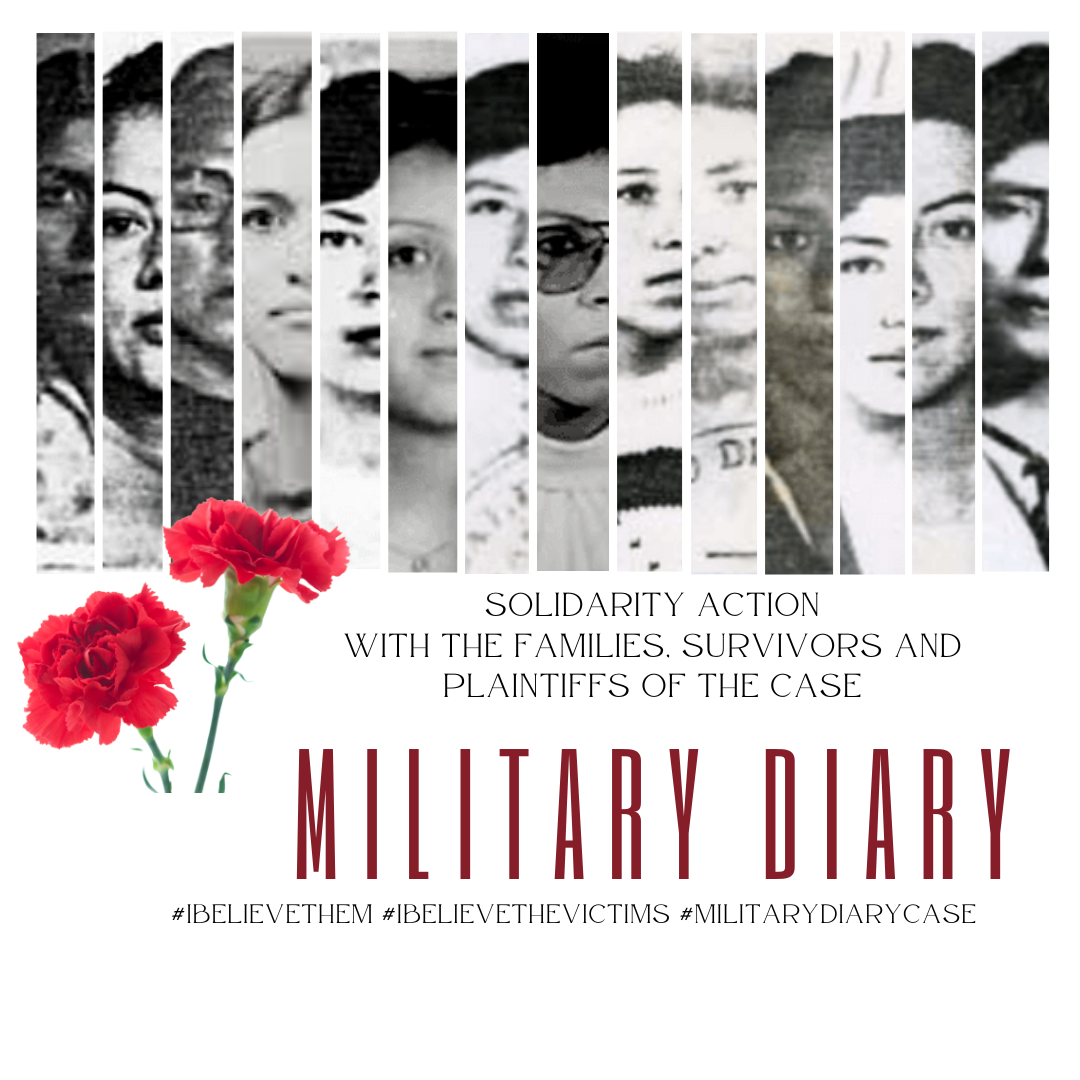The Ohio Fair Trade Network seeks co-sponsors for the annual Ohio Fair Trade Teach-In & Expo 2022. This in-person event at John Carroll University (with COVID safety protocols) is expected to bring together hundreds of fair trade supporters, advocates, retailers, and vendors from across the state. The Expo will be an opportunity to continue building energy around the already vibrant Ohio fair trade movement and previous Expos. In addition to the Global Marketplace of fair trade vendors, we’ll host educational presentations and panels, including a special track for high school students and a passport program for kids. See www.OhioFairTrade.com
- Home
- About Us
- Issues
- Countries
- Rapid Response Network
- Young Adults
- Get Involved
- Calendar
- Donate
- Blog


